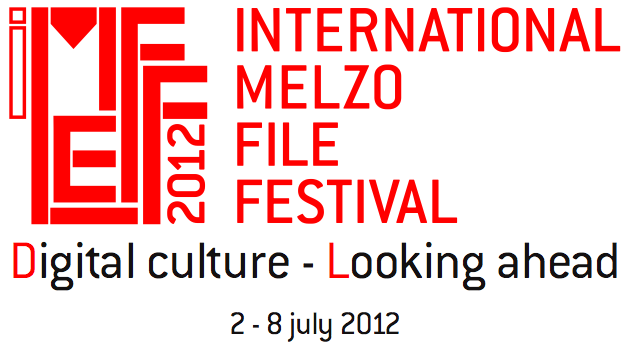What follows is part of a response I made on a thread in the LinkedIn Cinema Projectionist Group: Leonard Maltin rant. It has been edited, but it still shows that these are comments that I made to another responder.
Maltin started his rant with the subject of distribution by satellite, then tried to prove that this was a flawed concept with the following proofs:
- He went to a “closed circuit” event and there was no there there – except for the guy he sometimes has to go to who has a the walkie-talkie, who then communicates to the lone person taking care of the technical aspect of the facility (which somewhat proves that there is a there there, but let’s not quibble during a rant.)
- Then he points out that the lights didn’t come on during intermission…a valid gripe which has nothing to do with distribution by satellite…just like the previous point. But since projectors can pass a pulse to the automation system to turn on the lights, this problem is best and easily solved by the technician at the live event.
- His Arby’s comment and your candy/popcorn comment [another responder on the thread] are cute and have enough elements of ‘everybody knows’ truthiness, that few would argue. But they are non-sense and also have nothing to do with proving that satellite distribution is doomed to failure. For every industry exec you might point to who feels the way you do, I can point to dozens or hundreds who are in the exhibition business because they love it and who want to provide a quality entertainment product to their customers.
- His “The only sector doing well…” and your “…these problems are only going to get worse” points are not based in a reality-supportable-by-evidence. The industry has converted from zero to thousands, to tens of thousands and now over a hundred thousand digital systems in 10 years with comparatively few problems at the screen. Your constant Film Is Better mantra forgets all the desaturated prints and costly pollutants in the process, among 100 other points I could tick off to demonstrate why digital distribution and exhibition is far and away better for the customer…notwithstanding the striking terrific-ness of a well made print played for the first time in a great house.
Again, not to say that having a projectionist on hand who is skilled in the art and science of a modern system isn’t valuable. But sensationalism and sleigh-of-hand arguments are not effective ways to make the point.
The correct action in this instance is to make certain that the Alternative Content facilitators and proponents make certain that the long-ago standardized automation cues are used with live event feeds to the cinema facility. That might get something done. And since I have written to the people at Event Cinema Association, perhaps Leonard has gotten done what his rant wanted to get done.
The response on the thread provoked more:
Response: There’s no slander or inflammation. Only truth hidden by hollywood.You can make things up as much as you want but I’ve worked for enough theatres over the years, both chains and independent, to know they care more about concessions than projection. If they didn’t they wouldn’t have gotten rid of projectionists. After all the fact is they are not saving money.
Snark: Ouch~! I’d attempt to respond, but the light from your tinfoil hat is blinding me.
Defensive response: What did I make up? That film gets brought to the melting point each time it is grabbed and snapped in front of the light, attracting dust and dirt when that process causes it to become electrostatic and further causes the colors to desaturate? That transporting tons of reels around the world caused measurable amounts of truck and airplane pollution for each movie? That there are properties around the world that can’t be sold because the toxic chemicals of the print processing seeped through cement cracks and into the dirt that the facilities sat on? That a digital print run a week – sometimes days – later, looks far better than any film print run the same number of times?
Financial response: Are you telling me that the boards of directors of several large entertainment companies should be told that they are being bilked by the monopolistic practices of several colluding industries and tiers of executives, such that their stock prices would be much higher if they went back to simpler times?
The Jack Nicholson response: I’ve trained hundreds of projectionists who sat on the wall between the over-enthusiastic vendor and the insatiable customer and each one wanted to know more basics of IT and Security and DCPs with multiple languages and testing for Color and 3D and Multi-Channel Sound and equipment for the deaf/hearing impaired/blind and sight impaired…you sir, can’t handle the truth.
Attempt to be helpful: What does any of your response have to do with Maltin’s point: that it is an inherently bad idea to distribute movies to theaters via satellite?
And thus ends my last post on this thread. Cue sunset. Cue horse. Cue Ennio Morricone.

